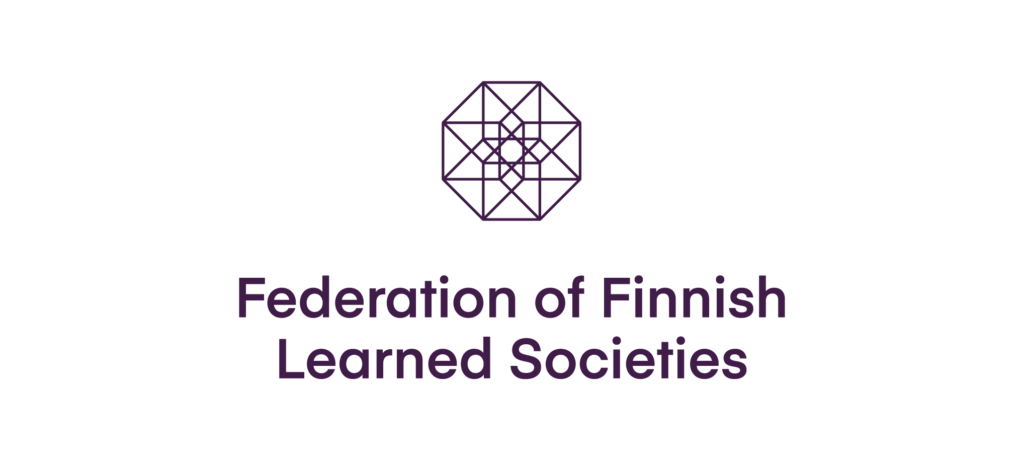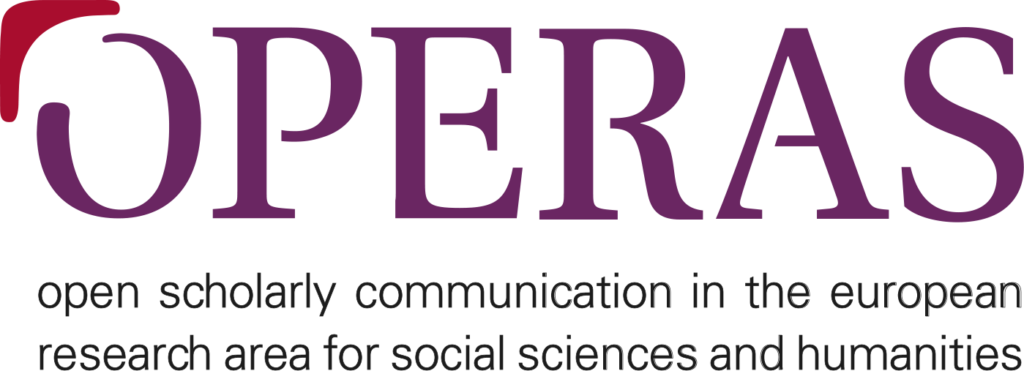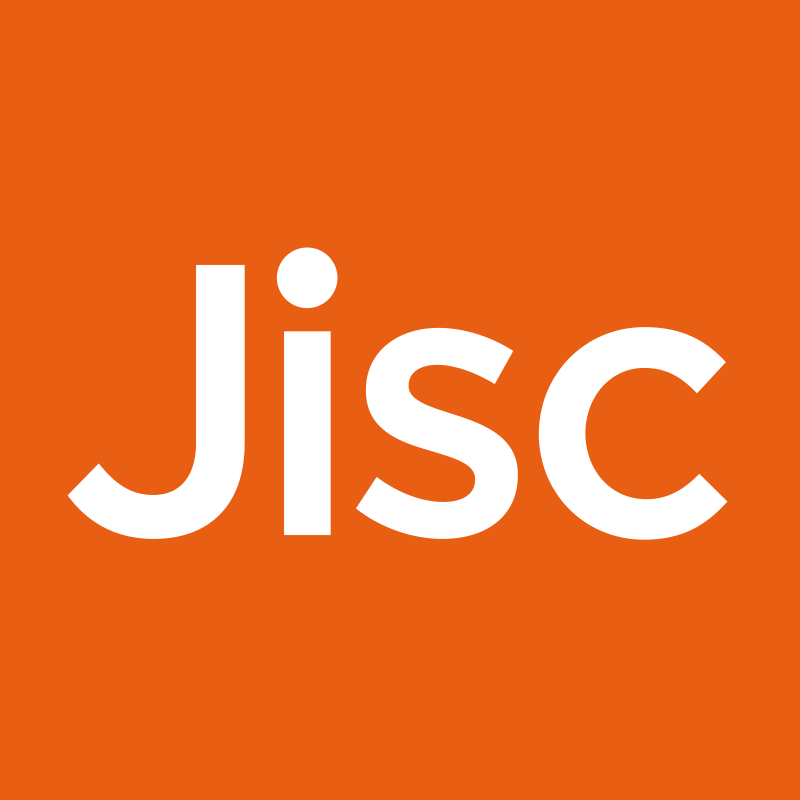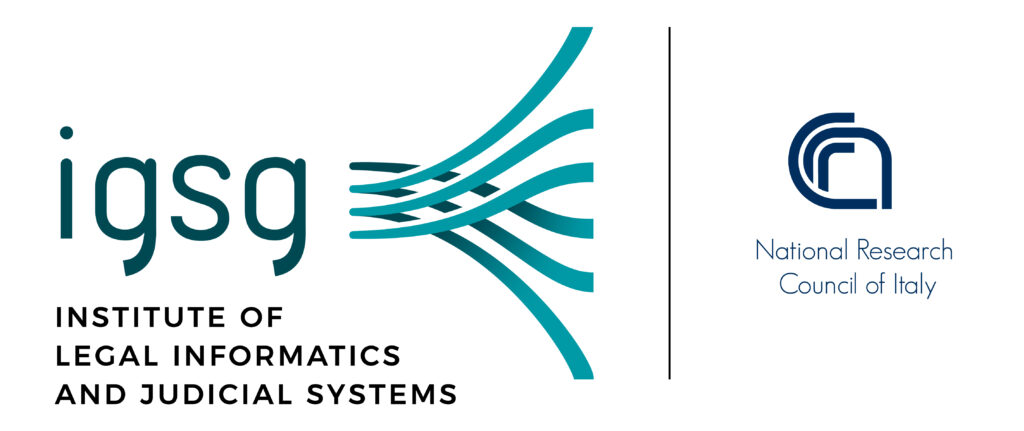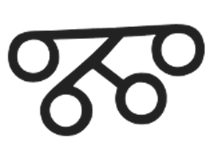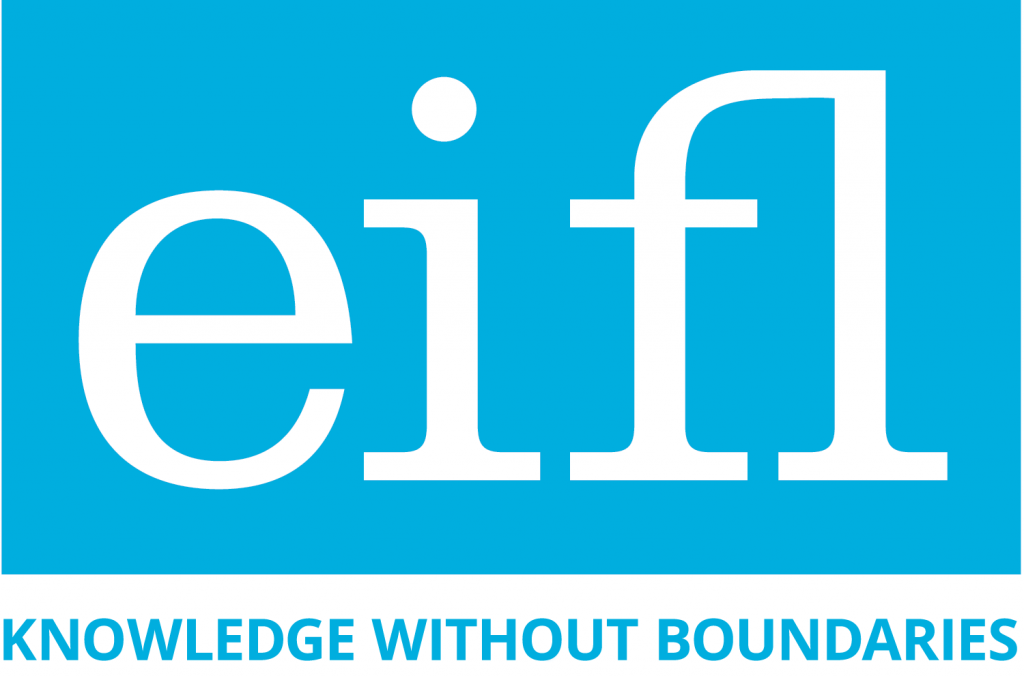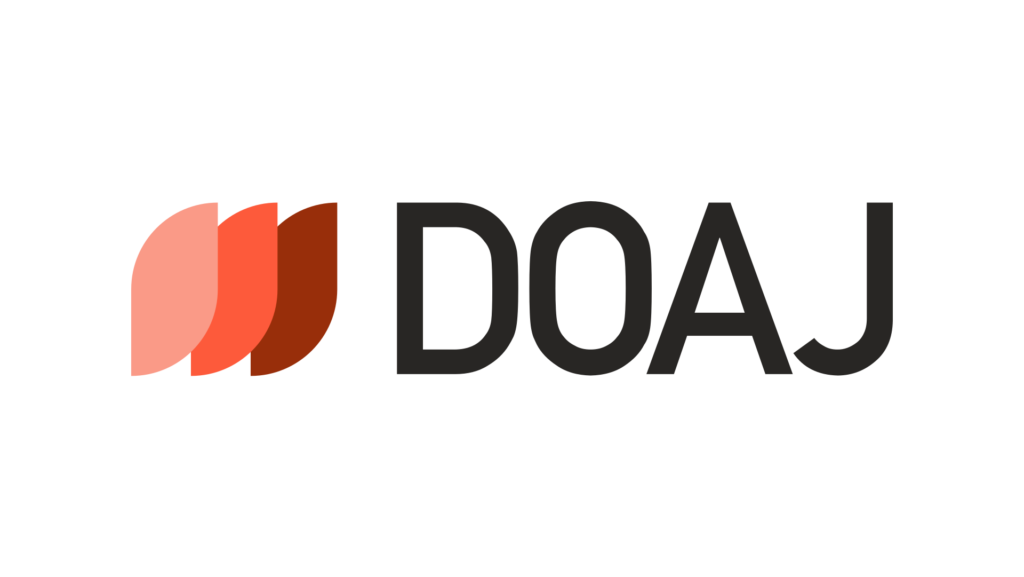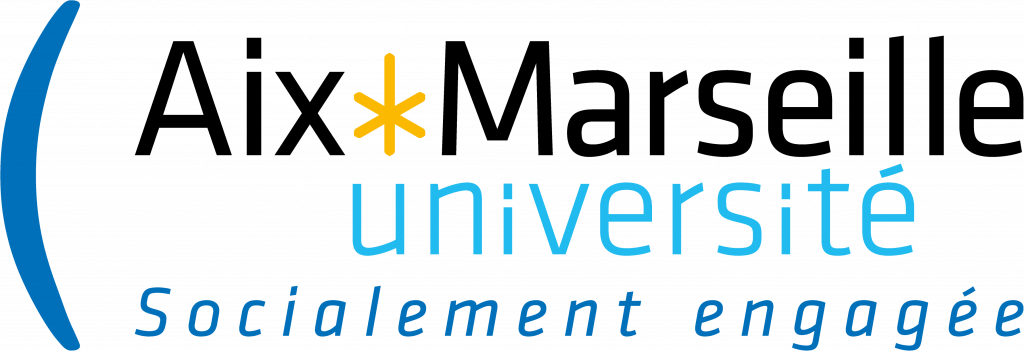From dresses made of recycled bottles to skyscrapers collecting rainwater: the question of sustainability has entered our everyday. Exploring and supporting the sustainability of institutional publishing is among the DIAMAS project activities. Here, we give an overview of our current discussions on sustainability: the multifaceted buzzword and its meaning and implications for our project.
What does it mean?
What is the meaning of the concept of sustainability? Does it include only continuation (“survival”), or does it also imply development?
The complex nature of the term is reflected already on a linguistic level, as sustainability bears different connotations in different languages. Not all of the words used (Croatian and Serbian održivost, German Nachhaltigkeit, Finnish Kestävä, Swedish Hållbar or French durabilité, for example) are equally burdened with associations. Some relate only to long-term survival without clear ideas of independent sustainability, some imply durability and persistence, while others focus on living on without resource depletion or harm to the respective ecosystem.
The DIAMAS project focuses on the term “sustainability” in publishing referring to financial aspects. Even in this narrow understanding of the word, however, it will have a varying intensity of meaning, depending on a perspective of a particular entity. While sustainability has to do with simple cost recovery for some, it means enabling reinvestment, guarding against “hard times” or even keeping high-profit margins for others. The perception of sustainability gets even narrower if we only investigate it in the context of Diamond institutional publishing. So the character of “sustainability” all depends on the goal of the OA diamond institutional publishing service provider or IPSP.
Sustainability can also be linked to maintenance, which involves preserving the essence of an entity while adapting to ever-changing circumstances and sometimes unexpected external influences. With that in mind, prioritizing content preservation needs to be highlighted. Some publishing service providers are intent on not only maintaining but also reasonably developing a service. Perhaps “evolve” is a better term to use here, as it considers the fluidity of publishing entities, with the ability to transform being one of their crucial characteristics. This is particularly important for publishing services and infrastructures.
The what and the who of sustainability
In the publishing context, what is the object or unit of sustainability? Should it be a journal, a publisher, a business model or a broader publishing ecosystem? And who holds the responsibility to sustain it? Is it a specifically defined stakeholder or a group of stakeholders?
Our discussion have shown that, yet again, there are no definite answers. In the OA Diamond context, shared infrastructures that archive and disseminate, as well as provide persistent identifiers (PIDs), ideally, shoulder the burden of sustaining the system. This allows individual entities to focus on their present sustainability, such as producing new content and managing people and finances. As a result, the interoperability between shared infrastructures and individual entities, including contingency funds and procedures, gains unprecedented importance. Building communities and networks of individual entities (editors, publishers, service providers…) is another path to creating a resilient ecosystem.
Measures of success
How does one adequately measure sustainability? DIAMAS colleagues agreed that sustainability, success, and quality are interwoven concepts in publishing, suggesting considering the latter as prerequisites or integral components of the basic sustainability definition. Yet, here again, concepts of success and quality are not consistently and universally interpreted in the same manner. In some national contexts, the choice of quality indicators used will not be aligned with the quality standards promoted by the Diamond OA community. In such situations, behaviours that lead to overgrowth (or other forms of improper editorial and publishing practices) would be promoted, which will, in the long term, induce instability (and possibly unsustainability). Considerations related to quantity versus quality gain an additional layer if viewed through sustainability lenses. The importance of volume in relation to sustainability can also vary among different business models. Merging journals may be seen as a failure from an institutional perspective, but if the resulting merged journal is more sustainable, it can be considered a success.
Sustainability is multiple
A conclusion that emerged from this discussion suggests that a univocal and obvious definition of “sustainability” is unlikely to be achieved as it depends on multiple actors’ perspectives and goals in the ecosystem. A possible definition requires a dynamic approach, recognizing the need for change and adaptability in the face of evolving circumstances.
DIAMAS will continue to look into the financial sustainability of institutional publishing. This task will be informed by the results of the recent DIAMAS survey and close to 700 responses that it brought from the community. We will continue this dialogue into the autumn. Stay tuned, get involved, and consider how we can collectively take steps towards sustaining the OA diamond ecosystem. We can only truly address this effectively by understanding the nuances of its meaning amongst the stakeholders who are needed to help this ecosystem thrive.












